How much does it cost to develop an AI app in 2024?
6 Oct 24 

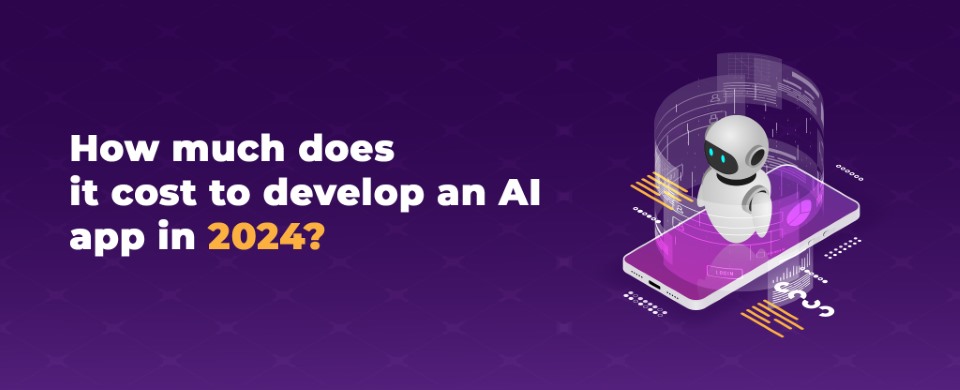
Many people are interested in AI and fascinated by its capabilities. However, most are hesitant to create AI-powered apps due to concerns about cost. Business owners often assume that developing AI apps, especially those using advanced AI technology, is very expensive. This assumption is fueled by the fact that training models like GPT-3 cost over $4 million.
But if you avoid AI apps or integration, how can you stay competitive? Can small and medium-sized businesses afford the costs of AI development? Instead of making assumptions, it’s better to clear up any confusion you may have. Then you can decide if using AI to innovate your business is worth the investment.
Let’s explore how AI powered apps are built and how much they cost. Also we will show you how you can reduce AI app development costs.
AI App Cost Estimation Based on Complexity
Wondering about how much it will cost you to build an AI app? It might be less than you think, but still a significant investment.
From our experience, most AI apps fall in the $30,000 to $150,000 range. The final cost depends on various factors, which we’ll discuss later. Generally, you’ll find different price points for basic, average, and complex AI applications.
Basic AI App
Apps that feature basic AI functionalities are designed to require minimal to no customization. These applications are straightforward to create and can easily integrate with a pre-trained foundational model. Since this model does not need any additional training, developers can save significant time and resources. As a result, the overall cost for developing such an app is the least expensive among the different types of AI applications.
Estimated fee: $30,000 – $60,000.
Average AI App
Most applications fall into the average category. While they utilize pre-trained models, some level of training or fine-tuning is necessary to meet specific needs. For instance, if you want to build a chatbot to enhance your customer service workflow, you can start with a foundational language model. However, you will still need to train this model to understand the unique products and services your business offers. This additional work increases the complexity of the project, which in turn raises the overall fee.
Estimated fee: $60,000 – $120,000.
Complex AI App
If you are planning to develop a complex AI app that requires training from scratch, be prepared for a significantly higher cost. Training a model involves extensive dataset preparation, which can take hundreds of hours to complete. This process is labor-intensive and requires careful attention to detail. Consequently, these types of applications are the most expensive to build due to the extensive resources and time needed for development.
Estimated fee: Above $150,000.
If you want to learn more about the stages and the process of building a Generative AI solution from scratch, check our guide.
Key Factors Influencing AI App Development Costs
While we provided a general cost estimate earlier, you might notice variations when requesting quotes. This is because several elements impact the price of AI development.
Factor #1: Development Stages
Like other apps, creating an AI product involves specific phases, which make up most of the cost. Let’s briefly look at each stage.
Market Research
Before starting development, we check if your app idea is doable, has market demand, and fits your business goals. We also look into legal, security, and privacy needs. For AI apps, we decide on the AI model and if training is needed.
Design
We focus on good UI/UX and conversation designs to make successful AI apps. For example, we might add clear instructions to help users when using an AI chatbot. Even though it’s an AI app, we ensure messages sound human and friendly.
Prototyping
To lower risks, we make a low-cost prototype. This is a visual version of the app that shows users how it might look. With this, you can get early feedback from potential users. Then, you can make changes before fully developing the app.
App Development
This is where most work happens. Developers gather data, create training samples, pick an AI model, train it, fine-tune it, and do other tasks to build the solution. The time they spend directly affects the cost.
Build Your Own AI Model from Scratch: The Ultimate Guide You can learn more about building AI app from scratch .
Testing
We can’t release the app until it’s well-tested, especially with AI models. This involves many hours of testing, fixing, and retesting different app parts, how it works with other systems, and the AI models.
Want to know about Mobile App Testing: Types And Benefits? Check our guide for more info.
App Launch
Once everything is ready, we deploy the app for users to start using it.
This stage is the most affordable but comes with some costs. You must list your app on PlayStore or App Store to make it available. These platforms charge a fee for app listings. You’ll also need to pay for hosting AI components, typically run on cloud services like AWS.
Upkeep and Enhancement
After your app goes live, it needs ongoing attention. Issues and weak points might slip through quality checks, or market trends might call for updates. While not as costly as the initial development, you should set aside funds for app maintenance.
Factor #2: App Complexity and Feature Set
A simple AI app with basic functions will cost less. However, you’ll pay more for an AI app with complex integrations.
For example, adding a chatbot to your online store to answer customer questions is cheaper than creating an AI tool for medical image analysis. The latter requires developers to focus more on rules, training, adjusting, and testing the model.
Also, more features mean higher costs. Your app will be more expensive if it needs:
- API connections
- IoT integration
- Access to phone sensors
- Location-based features
- Accessibility options
If you add training to a complex AI model with lots of data, you might pay over $150,000.
Factor #3: Fitting with Current Systems
Another challenge that affects cost is making AI work with your existing setup. Developers might need to change those systems to ensure the new AI app works well with current systems. Otherwise, the existing systems won’t be able to share data with the AI app.
Often, the cost to connect the new AI app with current systems is manageable. But sometimes, it can get pricey. Imagine trying to link an AI-powered sales system with an old inventory system, only to find out the old system needs a complete rebuild.
Rebuilding an entire system is very expensive. It’s only done when there’s no other choice. Usually, developers try to create middle-ground software to allow data sharing between systems, which costs less. We prefer to connect systems using APIs. This lets us improve efficiency and help our clients’ software grow quickly to meet increasing demands.
Factor #4: AI Model Design and Creation
Many small businesses don’t realise that AI apps cost more than regular ones. Besides the usual app development steps, you also need to create an AI model. This requires special skills like machine learning and natural language processing.
Developers with these skills charge more than typical app developers. But there’s good news – you can work on the app and AI model simultaneously. You don’t have to finish one before starting the other.
Let’s look at the stages of AI model development and how they affect costs.
Gather and prepare training data
In theory, you could use a pre-made AI model. But in practice, you’ll need to adjust it for your business. This starts with collecting data from different sources.
For example, you’d need to organise your product info into a training set to build an AI assistant that suggests products based on customer chats.
This task is time-consuming and gets trickier when dealing with sensitive data like medical records. Most AI models need hundreds of thousands of data samples to work well. Expect to spend over $10,000 collecting, cleaning, and preparing data.
Pick the AI model
Small businesses have many AI model options today. For chatbots, language models like GPT or Bert work well. For image recognition, you’d use models like CNN or ViT.
Your AI developer will help you choose the right model for your app. Picking a model isn’t expensive, but you might need to pay for licenses if you use certain models. You can use models like:
- GPT 3.5 and 4
- GPT-4o and mini
- DALL-E 3
- Mistral
- Claude
- Alpaca
- Stable Diffusion
Train and fine-tune the model
This step takes the most time and money. You need powerful computers to process large amounts of data and adjust the model. Depending on the complexity of your model and the amount of data you’re using, this can cost anywhere from $5,000 to $300,000 or more.
The process involves:
- Feeding data into the model
- Testing how well it performs
- Adjusting settings to improve results
- Repeating until the model works as needed
This cycle can take weeks or months. The more precise you need the model to be, the longer and more expensive this process becomes.
The cost of training an AI model can vary widely. Some approaches might involve hefty fees at this stage. Machine learning engineers feed the model large amounts of training data. This process, which can take weeks, allows the model to refine its internal parameters gradually.
We suggest using pre-trained models that AI companies have already developed. These models only need fine-tuning, which saves time and resources.
Check how well the model works.
Before adding the AI model to the app, developers test it thoroughly. They look at things like consistency, recall, and accuracy. These terms might sound complex, but they’re crucial for ensuring the model performs well and doesn’t give biased results.
Factor #5: Who builds it and where
The cost of your AI app also depends on the developers you choose. Specifically, whether you hire an in-house team or work with outside developers.
In-house AI developers
If you build an in-house team, be ready to pay for salaries, benefits, training, and other employee costs. You might also need to invest in mentoring software to support the growth and development of your in-house team. Many small businesses find it hard to sustain long-term because they need most of their budget for app development.
Also, hiring costs are high in countries like the US. For instance, an AI developer in the US earns about $129,348 per year. Paying such salaries to a team of experts for a long time can be tough for many business owners.
Outsourced AI developers
Outsourcing often works better to reduce AI software costs. It frees you from long-term commitments that come with hiring in-house. You don’t have to focus on training, managing, and leading the development team.
Access to global talent at lower costs makes outsourcing attractive to many small businesses. For example, you might pay $150 per hour for an independent AI developer in the US, but only $50 per hour for one in Ukraine. Here’s how AI app developer rates compare across different regions.
While business owners aim to cut costs when building an AI app, choosing a developer based solely on price isn’t smart. Instead, consider cultural fit, language barriers, and quality when partnering with an outsourced team.
Factor #6: Development Platform
When creating an AI app, you must decide where to deploy it. This choice can greatly impact your overall development costs.
Native apps
Native apps are built specifically for Android or iOS. They’re more complex and expensive to develop, but they can easily access the device’s features, such as cameras, microphones, and sensors. Learn more about mobile app development costs here.
Web apps
Web apps run in browsers and look similar to native apps. They’re cheaper to build and maintain as developers only need one codebase. However, they can’t access phone hardware like native apps can.
Cross-platform apps
Cross-platform development lets you build an app for multiple platforms using one codebase. This is a good option if you want your AI app to work on both Android and Apple devices without doing the work twice.
Developers use frameworks like Xamarin to create apps that work on different platforms. This approach saves time, effort, and money. The downside is a slight drop in performance compared to native apps.
Hybrid apps
Hybrid apps work on both the web and mobile across all platforms. Like cross-platform apps, developers only need to maintain one codebase. They’re the most cost-effective if you want to reach users on all platforms. However, like web apps, they can’t access platform-specific features or match the performance of native apps.
Factor #7: Industry Rules
When building an AI app, you need to think about the industry it’s for. Some industries have strict rules your app must follow. For example, AI health apps must follow HIPAA, GDPR, and other local laws. Finance apps need to follow KYC rules, PCI-DSS, and data privacy laws.
Developers must do their homework to follow these rules. This means reading guidelines, creating checklists, adding security measures, and checking the app. All this extra work increases the cost of making the AI app.
Factor #8: Hidden Costs
When making AI apps, watch out for hidden costs that can add up. These costs can’t be avoided, but knowing about them helps small businesses plan their budget better.
AI Setup Cost
AI models like GPT need a lot of computer power. To run AI models, you need special hardware like GPUs and TPUs. These are expensive. For example, NVIDIA’s Blackwell GPU can cost $40,000 each. Most small businesses can’t afford this. Plus, you often need several GPUs to train an AI model.
Another option is to use cloud services like AWS. This way, you can use more or less computer power to save money.
Data Safety Cost
AI models need a lot of data to work. This brings up another worry – keeping the data safe. Users are right to worry that AI apps might be targets for hackers. So, we need to take steps to protect the data.
For example, we encrypt data that AI apps collect, store, and use. We also ensure that the code, database, and setup are safe from data theft and hacker attacks. These steps cost extra, but they’re necessary to keep your customer’s information private.
App Store Fees
Small business owners must also pay to put their apps on the Apple App Store and Google Play Store. Google charges $25 once, while Apple charges $99 every year.
Rule Following Costs
Following industry rules also costs money. This includes getting certifications, having audits, and ensuring the app follows all the rules.
Factor #9: Keeping Your AI App Running Smoothly
We discussed how to maintain your AI app after deployment. Now, let’s examine the tasks you need to budget for.
Teaching People How to Use It
Don’t think users will just know how to use your AI app immediately. You might need to explain, train, and help them understand what the AI features can do.
Watching How the AI Performs
AI models are smart but not perfect. You’ll need a team to monitor the app to ensure it does not give biased or incorrect answers. This is especially important if your app is used for critical things like health or money.
Fixing Bugs and Updating the System
Sometimes, you’ll need to make small fixes to solve problems that show up when people use the app. Also, as new versions of AI models come out, you might need to update the app to help users better.
These tasks might not happen all the time, but they need special skills. That’s why most small businesses hire outside app makers to do this work. This way, they can focus on their main business instead of dealing with tech issues.
Factor #10: Who You Need on Your Team
Even if you want to keep your team small, you need different experts to make an AI app. You can’t just hire one AI developer and expect them to do everything. Usually, an AI development team has these roles:
- Project manager: Oversees and coordinates the work
- AI expert: Advises on and handles AI-related tasks
- UI/UX designers: Make the app look good and easy to use
- Business analysts: Make sure the app fits what the market needs
- App developers: Write code, build, test, and support the app
- Quality testers: Check the app for problems and weak spots
Together, these people help make your AI app successful. But remember, you need to pay for each of these roles.
6 Ways to Lower AI App Development Expenses
Many think AI development always costs millions, but that’s not true unless you’re building a huge model like GPT. Still, even spending tens of thousands on an AI product can strain a small business’s budget. Naturally, companies want to minimise AI software costs. From our experience, here are some effective strategies:
1. Focus on core AI features first
Start with AI features that truly impact your business. Don’t waste money on things customers won’t use. To find the best features, do thorough research, build a test version, and improve based on feedback. This helps avoid costly mistakes.
2. Choose a flexible tech stack
Use tools that work well together to save time and money. Open-source platforms and low-code tools can speed up development.
3. Leverage pre-trained AI models
You don’t need to build AI models from scratch. Use existing models and fine-tune them for your needs. This is much cheaper and faster.
4. Use cloud-based AI platforms
Cloud providers offer AI platforms that let you train and run models without buying expensive hardware. You only pay for what you use.
5. Outsource to AI developers
Hiring outside help can cut costs. You can save on salaries, workspace, and other expenses. Plus, you get access to more skilled workers.
6. Automate data labeling and preparation
Automating these tasks can save time and reduce errors. This makes your AI development more efficient and cost-effective.
AI models need labelled data to learn about your business. Labelling is time-consuming and expensive. We suggest automating data preparation, including labelling. Use machine learning to help human annotators. This speeds up the process and reduces mistakes, saving time and money.
Final Thoughts
The cost of AI software development varies widely. Many factors affect the final price you’ll pay. While not reaching millions, the expenses can still be significant for small businesses.
This guide outlines ways to cut AI development costs and provides estimates based on our experience. Contact our team today for a more accurate quote for your AI app.
- Agentic AI1
- Android Development3
- Artificial Intelligence33
- Classified App3
- Custom App Development5
- Digital Transformation12
- Doctor Appointment Booking App14
- Dropshipping1
- Ecommerce Apps40
- Education Apps2
- Fintech-Apps37
- Fitness App4
- Flutter4
- Flutter Apps20
- Food Delivery App5
- Grocery App Development1
- Grocery Apps3
- Health Care10
- IoT2
- Loyalty Programs9
- Matrimony Apps1
- Microsoft1
- Mobile App Maintenance2
- Mobile Apps128
- Product Engineering6
- Progressive Web Apps1
- React Native Apps2
- Saas Application2
- Shopify9
- Software Development3
- Taxi Booking Apps7
- Truck Booking App5
- UI UX Design8
- Uncategorized6
- Web App Development1









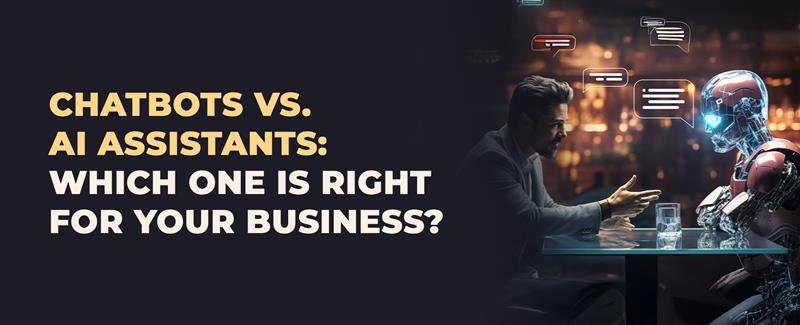
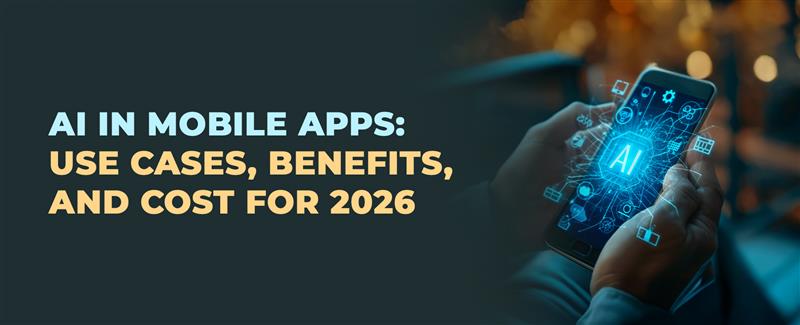
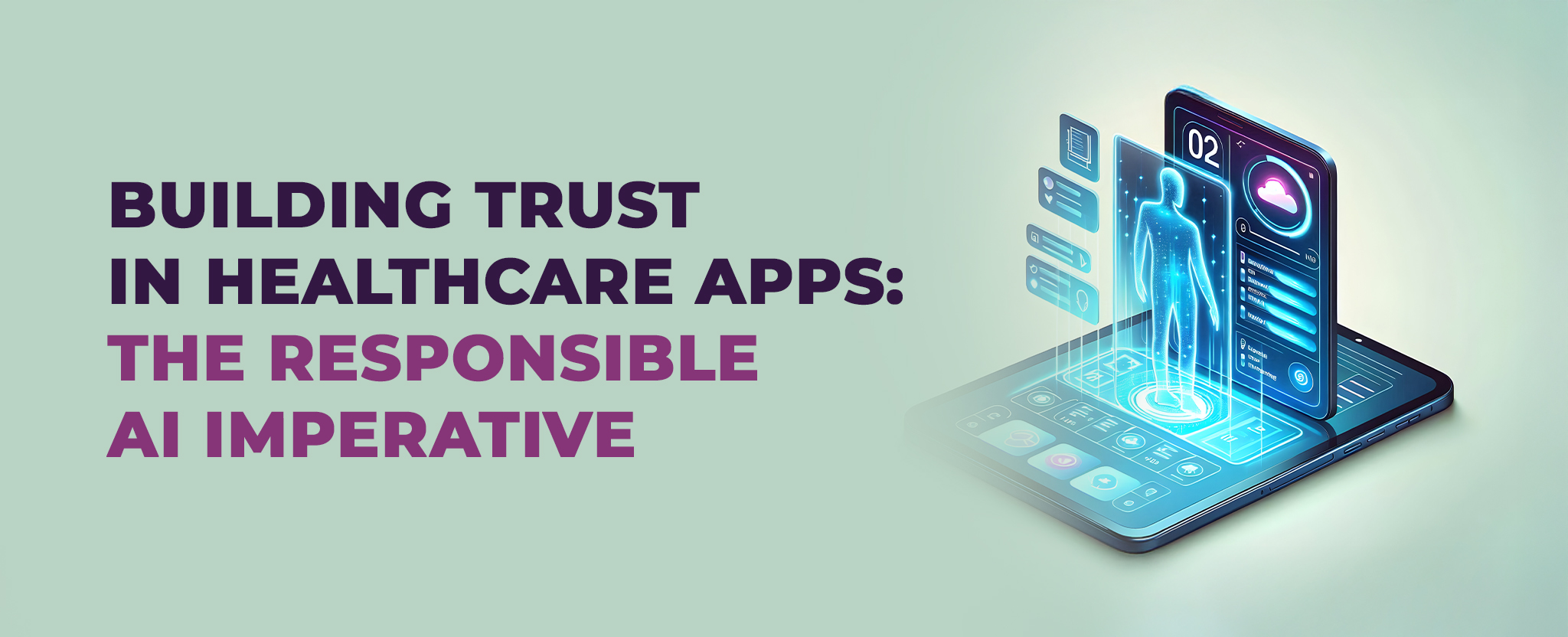
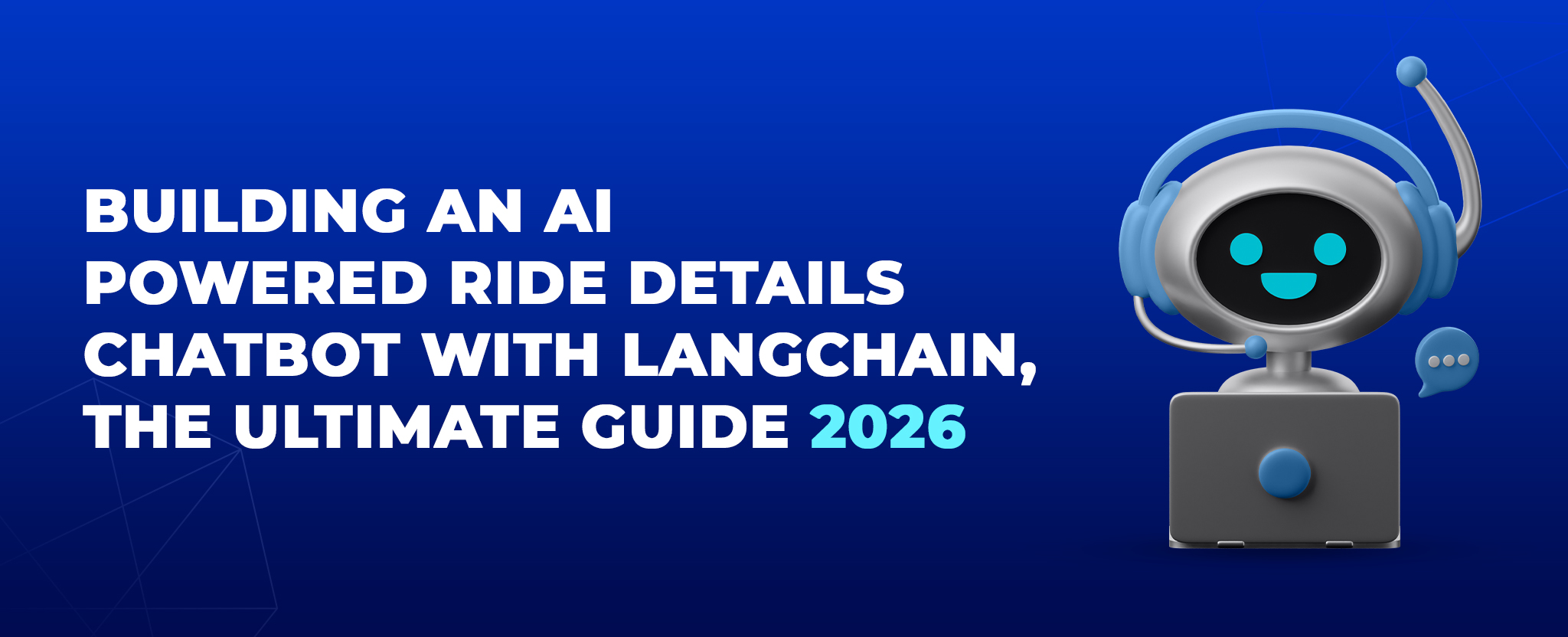






Comments